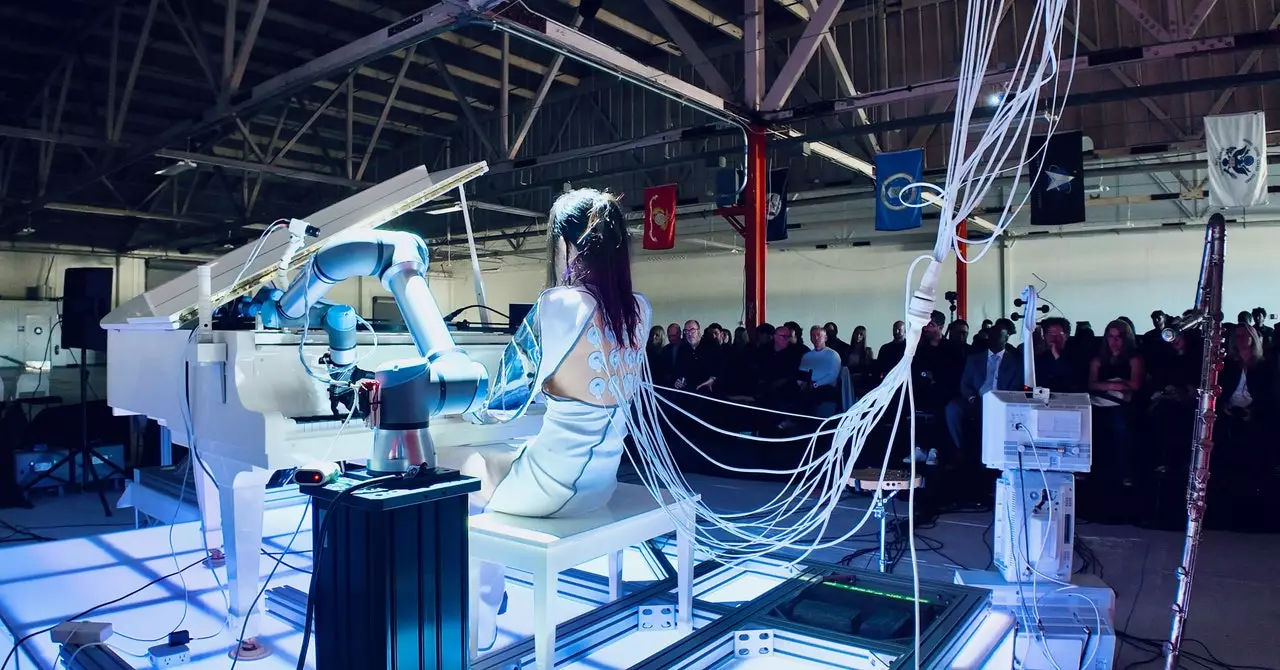In recent years, the pursuit of nuclear fusion energy has gained unprecedented momentum, beckoning scientists and entrepreneurs alike to explore innovative methodologies to make this cutting-edge technology a reality. Companies such as Fuse have emerged as trailblazers in the race for efficient fusion energy, drawing parallels to SpaceX in their ambition and approach. The fervor surrounding fusion technology is palpable, yet it also embodies a complex interplay of scientific rigor and artistic creativity—two realms that, on the surface, may appear disparate but are intricately intertwined in this venture.
At the core of Fuse’s strategy lies an audacious concept: the simultaneous discharge of multiple large capacitors to ignite nuclear fusion reactions. Such an approach harkens back to various techniques being explored by other fusion startups, like Helion, emphasizing a critical need for collaboration and innovation in the sector. This ambition is not merely about achieving technological advancements; it is about positioning fusion energy as a frontrunner in sustainable energy solutions, impacting everything from global energy needs to climate change.
To celebrate this mission, the company planned a grand opening for its second facility, which followed the success of its first site in Canada. This event required meticulous planning and the orchestration of various stakeholders, merging scientific achievements with artistic expression. Individuals like JC, a pivotal figure in Fuse, reached out to Serene, a visionary founder focusing on music and robotics, illustrating the significance of interdisciplinary collaboration in contemporary science and technology landscapes.
The planning phase was a testament to the spirit of innovation. Serene approached the task with your typical startup enthusiasm, leveraging logistics and creativity to elevate the event beyond a standard opening ceremony. This situation conjures images of a vibrant ecosystem where scientists and artists unite, each bringing their unique expertise. The endeavor symbolically reflects how urgent and visionary projects often manifest through strategic partnerships that transcend industry boundaries.
Interesting coincidences marked the countdown to the event, hinting at a deeper connection between art and science. Despite the meticulous planning, unexpected challenges surfaced. High-performance robots, essential for the show’s success, seemed to elude the team until a last-minute connection with Ken Goldberg, a revered robotics professor at UC Berkeley, resolved the issue. Instances like these raise questions about the fabric of reality itself, where serendipity seems to play a significant role in scripting the narratives of groundbreaking ventures.
The orchestration of the opening ceremony represented more than mere collaboration; it articulated a broader commentary on the potential of merging scientific achievements with creative expression. Such alignments echo the historic moments in technological advancement that are often steeped in narrative and artistry.
As someone with a background in high-tech performance arts, including VR in the late 20th century, the experience leading up to the event evoked a sense of nostalgia for a time when technological challenges were intrinsic to immersive experiences. The high stakes of early VR demanded meticulous attention to detail; creators were faced with dramatic limitations that bred a unique creativity and depth. Today, with accessibility and ease of use almost guaranteed, there exists a lingering question of authenticity and emotional investment in modern works. Does technological convenience dilute the artistic expression and engagement once derived from the struggle of creation?
The hurried preparations, late-night rehearsals, and even the occasional setbacks reflected a familiar rhythm reminiscent of those earlier days. With Serene entangled in both cables and her intricate mathematical garb, the event epitomized that design and function could collide spectacularly—a delicate waltz of technological mastery and artistic finesse. This endeavor turned into a revival of sorts, reminding participants of the thrill entailed in the challenging works of the past and the emotional stakes involved in the unfolding story of fusion energy.
As the race continues toward sustainable fusion energy, it is imperative to consider the profound relationship between science and art. Future high-tech projects would do well to embrace this synergy, fostering innovative collaborations that inspire and challenge the very nature of how we conceive and create technology. The vision for the future lies not just in harnessing the power of fusion but in making room for creativity, spontaneity, and emotional connection in an increasingly automated world. The pursuit of fusion energy is not merely about finding a solution for an ecological crisis; it is equally about how we tell the story of our endeavors and articulate the changing landscape of human ingenuity.

